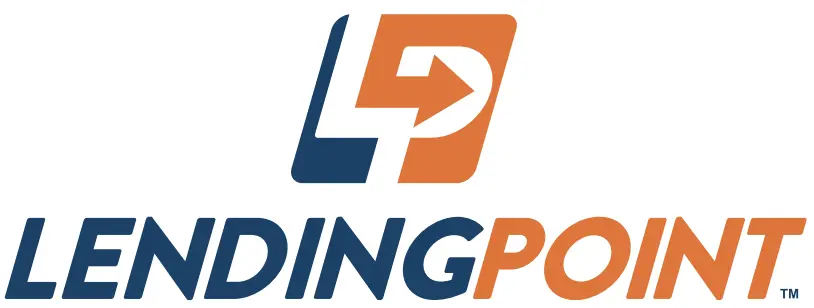You can get a personal loan as a student, but it might be tough. You might want to check with Upstart. It waives its credit score requirements for students working toward at least an associate’s degree at an accredited school.
If you have bad or no credit, consider adding a second person to your loan. The second person (called a co-borrower) acts as a guarantee. Both of you are equally responsible for paying back the loan. Usually, your co-borrower needs to have strong credit for this to work.











